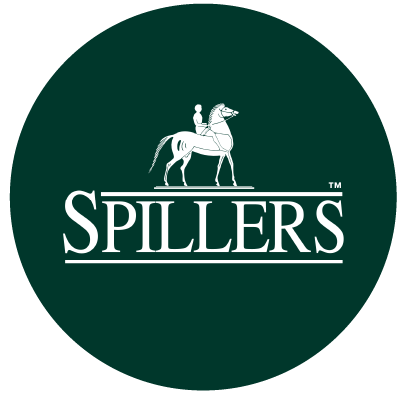Grass may contain high levels of simple sugars (the main one being sucrose – the same sugar you put in your tea!) and fructan or ‘stored sugar’, collectively referred to as water-soluble carbohydrate (WSC).
In fact, a 300kg pony turned out 24/7 could consume up to 2.3kg of simple sugars and up to 7.5kg of WSC from grass alone! But fresh grass isn’t the only culprit, hay and haylage can be deceptively high in WSC too.
Did You Know That Forage Is the Largest Source of Sugar In Your Horse or Ponies Diet?
With many owners concerned about ‘laminitis season’ we wanted to share some tips for reducing sugar intake from forage…
- Control or eliminate grazing. Complete removal from grazing might be the sole option, for horses and ponies at a very high risk
- Various methods can be employed to restrict grass intake, including the use of grazing muzzles, strip grazing, turning out in sparse paddocks, or utilizing 'non-grass turnout' areas.
- Be cautious of binge eating! Allowing horses short periods of grazing without a muzzle or granting unrestricted access to grazing after removing the muzzle can result in excessive consumption.
- Grass exposed to cold temperatures and bright sunlight may contain elevated levels of WSC (water-soluble carbohydrates), so avoid turning out on sunny, frosty mornings.
- Consider turning out at night when WSC levels are expected to be lower. Without sunlight, grass cannot undergo photosynthesis (and consequently produce sugar), and during warmer temperatures, fructan will be utilized for growth overnight.
- Refrain from utilizing pastures that have not been properly managed. Mature, "stemmy" pastures and grass that has been stressed due to drought or excessive grazing may unexpectedly contain high levels of WSC..
- Ideally, feed a low WSC hay or a low NSC (starch + WSC) hay replacers such as Spillers Happy Hoof or Spillers Happy Hoof Molasses Free.
- Consider having your hay analyzed. While soaking can help reduce WSC levels, results may vary significantly, and they cannot guarantee suitability for laminitics.
For more information and advice, please contact your local store.











